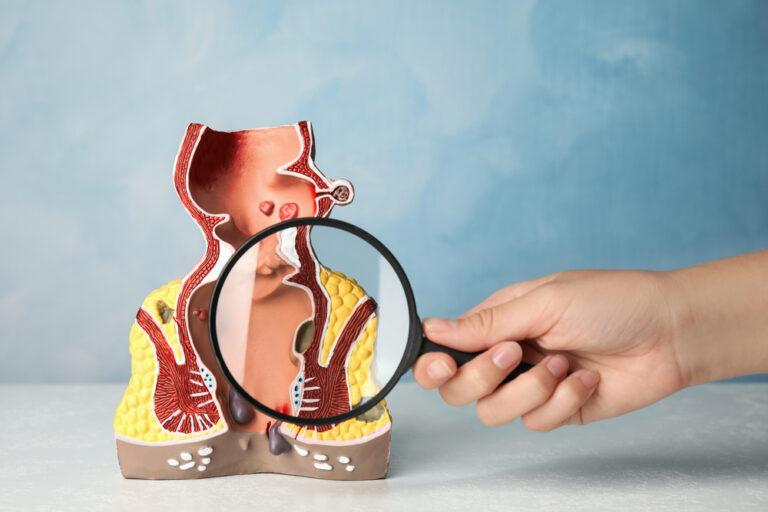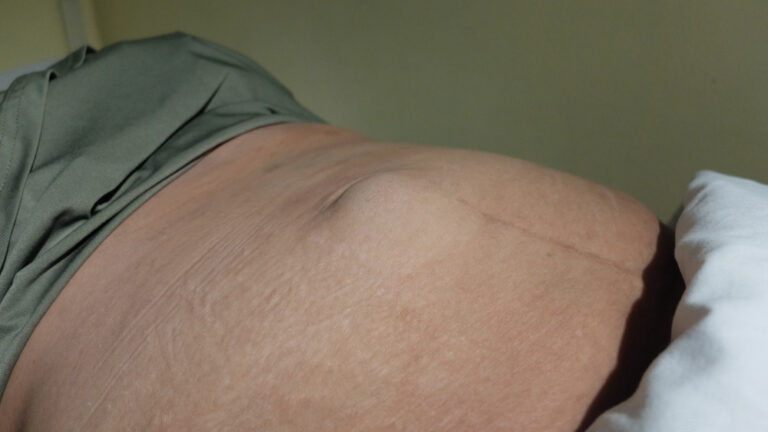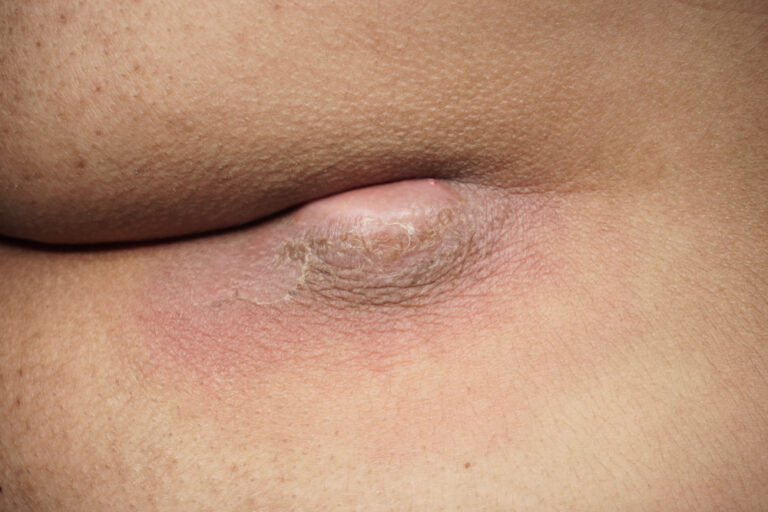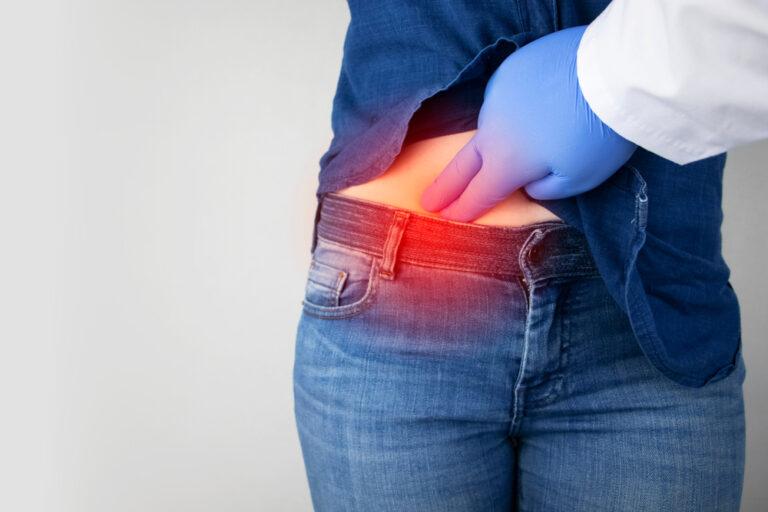What Are Piles?
Piles, also known as hemorrhoids, are swollen and inflamed veins inside or around the rectum and anus. They are one of the most common anorectal problems that cause pain, bleeding, itching, and discomfort, especially during bowel movements.
Piles can occur due to chronic constipation, prolonged sitting, heavy lifting, pregnancy, or a low-fiber diet.
There are two main types of piles:
- Internal piles – Located inside the rectum and usually painless but may cause bleeding.
- External piles – Form under the skin around the anus and can be painful or itchy.
Investigations for Piles
A proper diagnosis is essential before starting treatment. Your doctor may recommend the following investigations:
- Physical Examination:
A visual inspection of the anal area to identify external hemorrhoids. - Digital Rectal Examination (DRE):
The doctor gently inserts a lubricated, gloved finger into the rectum to check for internal hemorrhoids or other abnormalities. - Proctoscopy or Anoscopy:
A small instrument is used to view the inside of the anal canal and lower rectum. - Colonoscopy (if needed):
Recommended for patients above 40 years or those with unexplained bleeding to rule out other colorectal diseases.
Treatment Options for Piles
The treatment depends on the severity and type of piles.
1. Lifestyle and Home Remedies
- Eat a high-fiber diet (fruits, vegetables, whole grains)
- Drink plenty of water
- Avoid prolonged sitting or straining during bowel movements
- Use warm sitz baths to relieve pain
2. Medical Management
For mild to moderate piles:
- Topical creams and suppositories to reduce pain and swelling
- Oral medications to improve blood circulation and soften stools
3. Surgical and Minimally Invasive Treatments
For advanced or recurrent piles, surgical intervention is required:
a. Rubber Band Ligation
A small rubber band is tied around the base of the hemorrhoid to cut off blood supply, causing it to shrink.
b. Stapler Hemorrhoidopexy
Used for internal piles, this technique repositions the hemorrhoidal tissue and cuts off its blood flow.
c. Conventional Surgery (Hemorrhoidectomy)
Involves cutting and removing the piles tissue — effective but more painful and with longer recovery.
Best Treatment – Laser Surgery for Piles
The most advanced and effective treatment for piles today is Laser Hemorrhoidoplasty (Laser Piles Surgery).
It is a minimally invasive, painless, and bloodless procedure performed with precision using laser energy.
Advantages of Laser Treatment:
- No cuts, no stitches
- Painless and bloodless procedure
- Short hospital stay – usually day care
- Quick recovery – back to routine within 24–48 hours
- Minimal risk of recurrence
- No visible scars
During the procedure, the laser beam shrinks the hemorrhoidal tissue and seals the blood vessels, ensuring excellent results with minimal post-operative discomfort.
Why Choose Laser Treatment for Piles?
Laser piles surgery is the most modern, safe, and reliable option for patients who want fast recovery and long-lasting relief.
It ensures:
- Minimal pain
- No open wounds
- Low risk of infection
- Rapid healing
- Excellent cosmetic outcome
Conclusion
Piles are a common yet easily treatable condition when diagnosed early. Among all treatment options, Laser Piles Surgery stands out as the best and most advanced solution — offering painless, precise, and permanent relief.
If you’re suffering from piles, consult an experienced laser proctologist for personalized evaluation and management.







